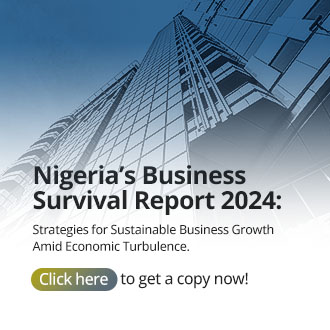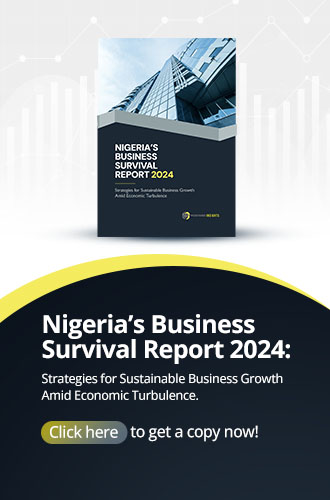Research conducted by CABI Agriculture and Bioscience, a nonprofit organization which focuses on agricultural and environmental issues, has revealed the economic impact of Invasive Alien Species (IAS) on Africa’s agricultural systems.

Research conducted by CABI Agriculture and Bioscience, a nonprofit organization which focuses on agricultural and environmental issues, has revealed the economic impact of Invasive Alien Species (IAS) on Africa’s agricultural systems. Research carried out by a team comprising of scientists from CABI centers in Africa and Europe saw that Africa loses billions annually to invasive species.
Invasive alien species (IAS) are plants, animals, pathogens and other organisms that are non-native to an ecosystem, which may cause economic or environmental harm or adversely affect human health. Invasive plants have contributed to increased weeding costs in arable and grazing land, exacerbated water loss, increased human and animal health risks, and have also contributed to social conflicts. These numerous effects on both agriculture and the environment demonstrate the need to mitigate and manage these IAS impacts.
According to the research, the total estimate lost to IAS in Africa is US$65.58 billion per year. This is equivalent to about 2.5% of the gross domestic product of all African countries combined when calculated. The cost of weeding, lost livestock derived income, and yield loss are the key variables used to measure this substantial amount.
The cost of weeding carries the largest fraction of the estimated cost at $36.34 billion, which translates to 55.42% of the total amount lost yearly. This amount is used to weed cereals, legumes, root crops and vegetables yearly on the continent. This is followed by the value of lost yield. Yield loss is the amount of money or crops lost to pests and other invasive factors. This amount translates to $29.06 billion (44.31%) yearly. The value of the lost livestock derived income took the least share of the value of money lost yearly taking $172.6 million.
The research also estimated the annual financial loss to IAS per country at $1.366 billion, with exemptions to Botswana, Djibouti, Equatorial Guinea, Gambia, Guinea-Bissau, Liberia, Mauritania, and Somalia. These countries were found to spend less than $50 million yearly on curbing IAS, whereas Nigeria stood out with an estimate of over $15 Billion spent yearly. The reason for this difference in price is as a result of the size of the arable and grazing land, the production value of different crops, and the presence of specific pests. These criteria formed the basis of CABI’s calculations.
Economic impacts of IAS not only affect Africa but the rest of the world as we know it. According to the research, the annual cost of IAS to the USA, United Kingdom, Australia, South Africa, India, and Brazil was $314 billion. If we were to divide the figure by the number of countries represented, you will find that the estimated cost of IAS would amount to $52 billion per country represented. This is $13 billion less than what Africa spends yearly.
Nonetheless, countries in sub-Saharan Africa remain the most vulnerable to the effects of invasions and the economic impacts of IAS because of how arable the land in the region is compared to the rest of the world. In another article, we shall look at some ways Africa can strengthen its food systems against Invasive Alien Species.
Thoughts?
We won't share your email address. All fields are required.
